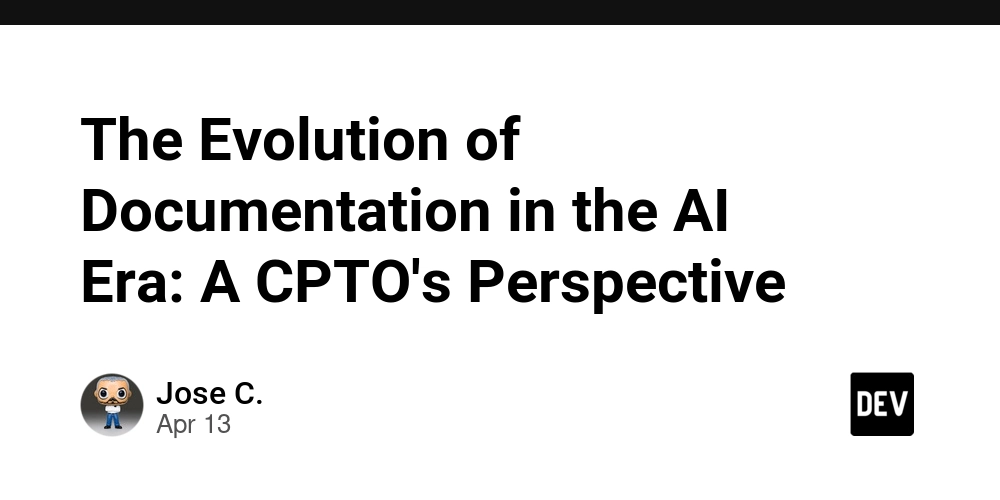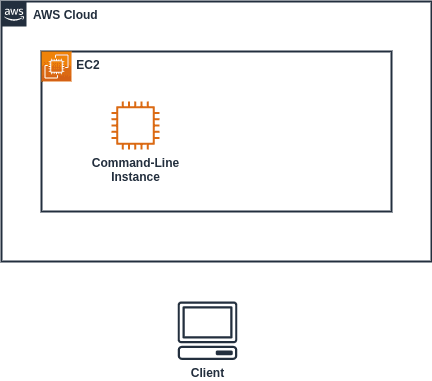Advantages and Disadvantages of DBMS
In today's data-driven world, the efficient management and organization of information are paramount. This is where Database Management Systems (DBMS) step into the spotlight. From small businesses tracking inventory to multinational corporations managing vast customer data, DBMS solutions are the backbone of modern data handling. However, like any powerful technology, they come with their own set of benefits and drawbacks. Understanding these Advantages and Disadvantages of DBMS is crucial for making informed decisions about data management strategies. One of the most significant advantages of DBMS is improved data consistency. By centralizing data storage and management, DBMS minimizes redundancy and ensures that all users access a unified and accurate view of the information. This eliminates the inconsistencies that can arise when data is scattered across multiple files or spreadsheets, leading to better decision-making and operational efficiency. Furthermore, DBMS offers enhanced data security. Robust security features, including user authentication, authorization controls, and encryption, protect sensitive data from unauthorized access and potential breaches. This is particularly vital in industries dealing with personal or confidential information, ensuring compliance with regulations and safeguarding user trust. Data integration is another key benefit. DBMS allows different applications and users to access and share data seamlessly. This breaks down information silos and fosters collaboration across departments, leading to a more holistic understanding of business operations and customer behavior. Imagine a sales team accessing real-time inventory data or a marketing team leveraging customer purchase history – all facilitated by a well-implemented DBMS. Beyond these core advantages, DBMS provides powerful data manipulation and retrieval capabilities. Features like Structured Query Language (SQL) enable users to efficiently query, update, and analyze data, extracting valuable insights for strategic planning and operational improvements. The ability to generate customized reports and perform complex data analysis empowers organizations to make data-driven decisions. Moreover, DBMS often incorporates backup and recovery mechanisms, safeguarding data against hardware failures, software errors, or other unforeseen events. Regular backups and efficient recovery procedures minimize data loss and ensure business continuity, a critical aspect of any robust data management strategy. Despite these compelling benefits, it's essential to acknowledge the disadvantages of DBMS. One significant concern is the cost of implementation and maintenance. Acquiring and setting up a sophisticated DBMS can involve substantial initial investment in hardware, software licenses, and skilled personnel. Ongoing maintenance, upgrades, and the need for specialized expertise contribute to the overall cost of ownership. Another potential drawback is the complexity associated with designing, implementing, and managing a DBMS. The intricate architecture and numerous features can be challenging for organizations without dedicated IT expertise. Proper database design is crucial for optimal performance, and poorly designed databases can lead to inefficiencies and data integrity issues. Dependency on the DBMS itself can also be a disadvantage. If the DBMS system encounters problems or fails, it can disrupt critical business operations that rely on the stored data. Therefore, robust infrastructure and contingency plans are necessary to mitigate this risk. Furthermore, some DBMS can be inflexible when it comes to adapting to rapidly changing business needs or evolving data requirements. Modifying the database schema or integrating new data sources can sometimes be a complex and time-consuming process. Finally, the performance of a DBMS can be affected by factors such as database size, query complexity, and the number of concurrent users. Optimizing database performance requires careful planning, indexing strategies, and ongoing monitoring. In conclusion, the decision to implement a DBMS involves a careful evaluation of its Advantages and Disadvantages of DBMS in the context of specific organizational needs and resources. While the benefits of improved data consistency, security, integration, and analytical capabilities are undeniable, the costs, complexity, and potential for dependency must also be carefully considered. By understanding both the strengths and weaknesses, organizations can leverage the power of DBMS effectively to navigate the ever-expanding landscape of data.

In today's data-driven world, the efficient management and organization of information are paramount. This is where Database Management Systems (DBMS) step into the spotlight. From small businesses tracking inventory to multinational corporations managing vast customer data, DBMS solutions are the backbone of modern data handling. However, like any powerful technology, they come with their own set of benefits and drawbacks. Understanding these Advantages and Disadvantages of DBMS is crucial for making informed decisions about data management strategies.
One of the most significant advantages of DBMS is improved data consistency. By centralizing data storage and management, DBMS minimizes redundancy and ensures that all users access a unified and accurate view of the information. This eliminates the inconsistencies that can arise when data is scattered across multiple files or spreadsheets, leading to better decision-making and operational efficiency.
Furthermore, DBMS offers enhanced data security. Robust security features, including user authentication, authorization controls, and encryption, protect sensitive data from unauthorized access and potential breaches. This is particularly vital in industries dealing with personal or confidential information, ensuring compliance with regulations and safeguarding user trust.
Data integration is another key benefit. DBMS allows different applications and users to access and share data seamlessly. This breaks down information silos and fosters collaboration across departments, leading to a more holistic understanding of business operations and customer behavior. Imagine a sales team accessing real-time inventory data or a marketing team leveraging customer purchase history – all facilitated by a well-implemented DBMS.
Beyond these core advantages, DBMS provides powerful data manipulation and retrieval capabilities. Features like Structured Query Language (SQL) enable users to efficiently query, update, and analyze data, extracting valuable insights for strategic planning and operational improvements. The ability to generate customized reports and perform complex data analysis empowers organizations to make data-driven decisions.
Moreover, DBMS often incorporates backup and recovery mechanisms, safeguarding data against hardware failures, software errors, or other unforeseen events. Regular backups and efficient recovery procedures minimize data loss and ensure business continuity, a critical aspect of any robust data management strategy.
Despite these compelling benefits, it's essential to acknowledge the disadvantages of DBMS. One significant concern is the cost of implementation and maintenance. Acquiring and setting up a sophisticated DBMS can involve substantial initial investment in hardware, software licenses, and skilled personnel. Ongoing maintenance, upgrades, and the need for specialized expertise contribute to the overall cost of ownership.
Another potential drawback is the complexity associated with designing, implementing, and managing a DBMS. The intricate architecture and numerous features can be challenging for organizations without dedicated IT expertise. Proper database design is crucial for optimal performance, and poorly designed databases can lead to inefficiencies and data integrity issues.
Dependency on the DBMS itself can also be a disadvantage. If the DBMS system encounters problems or fails, it can disrupt critical business operations that rely on the stored data. Therefore, robust infrastructure and contingency plans are necessary to mitigate this risk.
Furthermore, some DBMS can be inflexible when it comes to adapting to rapidly changing business needs or evolving data requirements. Modifying the database schema or integrating new data sources can sometimes be a complex and time-consuming process.
Finally, the performance of a DBMS can be affected by factors such as database size, query complexity, and the number of concurrent users. Optimizing database performance requires careful planning, indexing strategies, and ongoing monitoring.
In conclusion, the decision to implement a DBMS involves a careful evaluation of its Advantages and Disadvantages of DBMS in the context of specific organizational needs and resources. While the benefits of improved data consistency, security, integration, and analytical capabilities are undeniable, the costs, complexity, and potential for dependency must also be carefully considered. By understanding both the strengths and weaknesses, organizations can leverage the power of DBMS effectively to navigate the ever-expanding landscape of data.












































































































































































![[The AI Show Episode 143]: ChatGPT Revenue Surge, New AGI Timelines, Amazon’s AI Agent, Claude for Education, Model Context Protocol & LLMs Pass the Turing Test](https://www.marketingaiinstitute.com/hubfs/ep%20143%20cover.png)


























































































































![[DEALS] Microsoft Visual Studio Professional 2022 + The Premium Learn to Code Certification Bundle (97% off) & Other Deals Up To 98% Off](https://www.javacodegeeks.com/wp-content/uploads/2012/12/jcg-logo.jpg)



![From Accountant to Data Engineer with Alyson La [Podcast #168]](https://cdn.hashnode.com/res/hashnode/image/upload/v1744420903260/fae4b593-d653-41eb-b70b-031591aa2f35.png?#)







































































































.png?#)













































































































































![Apple TV+ Summer Preview 2025 [Video]](https://www.iclarified.com/images/news/96999/96999/96999-640.jpg)
![Apple Watch SE 2 On Sale for Just $169.97 [Deal]](https://www.iclarified.com/images/news/96996/96996/96996-640.jpg)

![Apple Posts Full First Episode of 'Your Friends & Neighbors' on YouTube [Video]](https://www.iclarified.com/images/news/96990/96990/96990-640.jpg)


































































































































